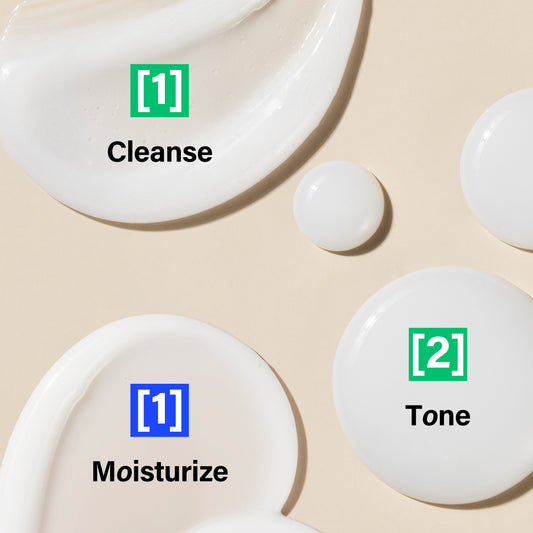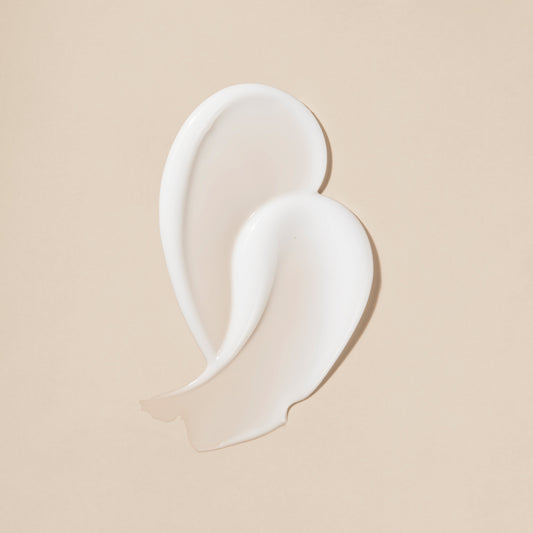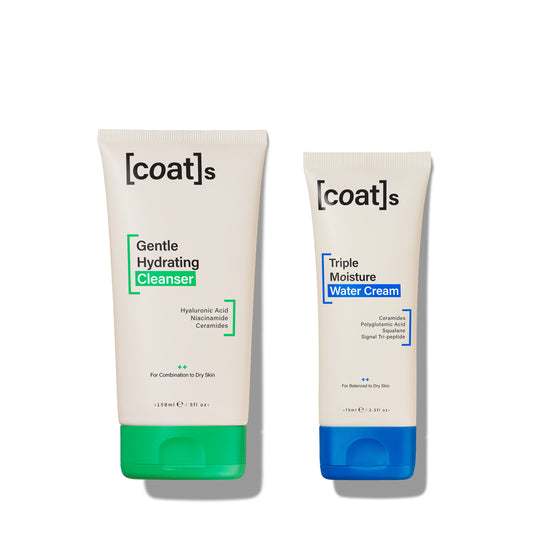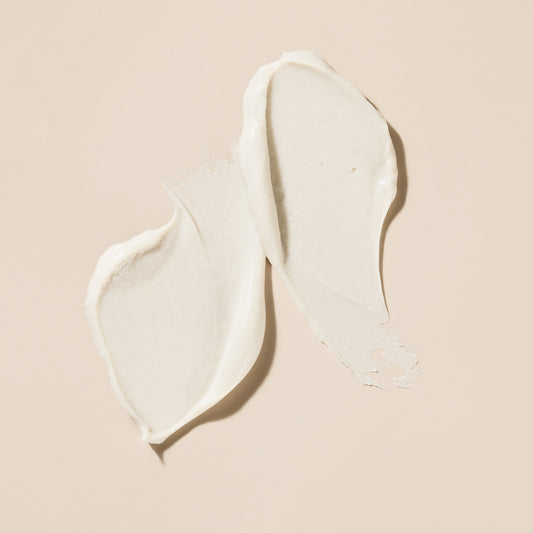March 5th, 2024
What's my Skin Type?
Confused about what your skin type is? Look no further, we're going to break it down for you...

Dry Skin
What is Dry Skin?
Dry skin lacks sufficient moisture, often manifesting as flakiness, rough texture, and a tight feeling after cleansing.
How to Identify?
If your skin feels tight, appears dull, and is prone to flakiness, you likely have dry skin.
Ingredients to Look For
Look for products infused with Hyaluronic Acid, Glycerin, and Ceramides. These ingredients provide intense hydration and fortify the skin's barrier, preventing moisture loss.

Combination Skin
What is Combination Skin?
Combination skin exhibits a mix of oily and dry areas on the face, requiring a delicate balance in skincare.
How to Identify?
If your T-zone tends to be oily while other areas are dry, you likely have combination skin.
Ingredients to Look For
Seek products with a balanced approach, incorporating ingredients like Niacinamide, which addresses both oily and dry areas. Hydration is key, so choose a lightweightmoisturizer to maintain equilibrium.

Normal Skin
What is Normal Skin?
Normal skin boasts a harmonious balance of oil production, maintaining a healthy complexion with minimal issues.
How to Identify?
If your skin feels comfortable, neither too oily nor too dry, and you experience minimal breakouts, congratulations – you likely have normal skin.
Ingredients to Look For
Maintain your skin's equilibrium with products containing gentle ingredients like Ceramides, Hyaluronic Acid + Vitamin E. These support overall skin health without disrupting its natural balance.

Oily Skin
What is Oily skin?
Oily skin is characterized by heightened sebum production, resulting in a shiny complexion, enlarged pores, and a propensity for acne.
How to identify?
If your face tends to shine shortly after cleansing and features enlarged pores, especially in the T-zone (forehead, nose, and chin), you likely have oily skin.
Ingredients to Look For
Opt for products containing Salicylic Acid and Hyaluronic Acid. Salicylic Acid helps control oil and prevent breakouts, while Hyaluronic Acid maintains hydration without adding excess oil.
Need help building a routine? Try out our Skin Quiz.
![[coat]s 3-Step Skincare Routine Sample](http://coatsskin.com/cdn/shop/files/1_8270ead4-5432-4381-8499-259a1267b466.png?v=1745309140&width=120)















